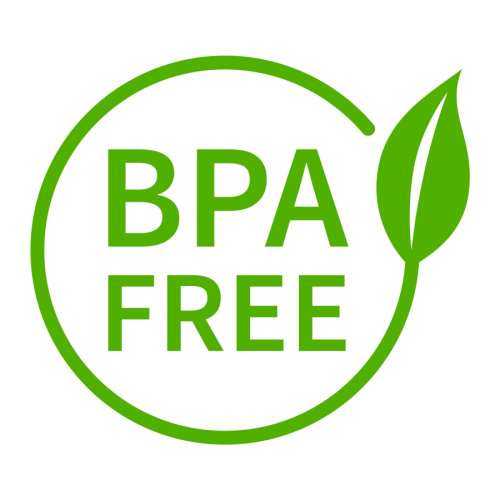What Is BPA-Free Plastic?
Posted on 11/30/2016 by AHMC Anaheim Regional Medical CenterThe Dangers of BPA in the Products We Use
BPA-free plastic products are everywhere in the market today, but what exactly is BPA and what are the risks of this chemical to our health? In definition, BPA or Bisphenol A is a man-made industrial chemical used to harden polycarbonate plastics and make epoxy resin. The chemical is found in most household products made of hard plastics, such as water bottles, baby bottles, and food containers. BPA can also be found in epoxy resins that are used as linings of canned food and drinks.Research has shown that BPA is an endocrine disrupter, which means that it interferes with your body's natural hormones. It is known to seep into food or beverages from containers with BPA and can pose serious health hazards.
Possible health effects include:
Reproductive disorders
Male impotence
Brain damage and impaired learning
Altered immune function
Increased risk of heart disease
Breast cancer
Prostate cancer
Reduced effectiveness of chemotherapy
Choosing the Right Plastic
Most of the products we use are made of plastic, which means it can be difficult to eliminate these from our lives altogether. However, the growing alarm to BPA led to the production of BPA-free plastics. Other BPA-free plastics are also found by looking at the recycling codes imprinted on the underside of the product.
Below are the BPA-free plastic codes to look for:
Code 1 - Plastics made with PET or PETE or in layman's term, nylon. These plastics are commonly used for water bottles, cooking oil, spreads, and sodas.
Code 2 - Plastics made of high-density polyethylene or HDPE. These plastics are used to manufacture toys, laundry soap containers, and shampoo bottles.
Code 4 - Plastics made with low-density polyethylene or (LDPE). They are mostly used for garbage and grocery bags.
Code 5 - Plastics made with Polypropylene or PP. They are more commonly used for yogurt or ice cream container, and other kitchen wares.
Code 7 is the recycling code for plastics that contain BPA and must be avoided at all cost. Although codes 3 and 6 technically do not contain BPA, the chemicals that are used to manufacture these products also pose serious risks to our health.
Aside from understanding the recycling codes, the important thing to remember is to avoid exposing your plastic products to high temperatures, such as in the microwave or dishwasher to make sure that the chemicals do not seep into your food or beverage. But for those who are still anxious about the health risks of plastics, there is always that option to switch to glass or stainless steel products.
This article contains general information about medical conditions and treatments. The information is not advice and should not be treated as such. The information is not intended to replace the advice or diagnosis of a physician. If you have any specific questions about any medical matter you should consult your doctor or other professional healthcare provider.

